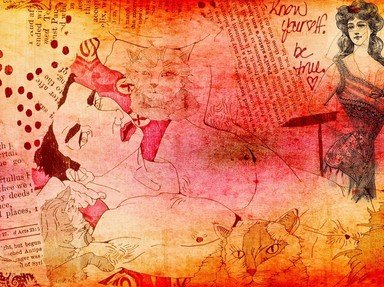Quiz Answer Key and Fun Facts
1. What by-product of an ingredient of guacamole can be used to produce a red dye?
2. Corkir, a red dye from the Scottish Highlands, was traditionally used for which of the following?
3. Linens in Tutankhamun's tomb show evidence of a red dye that is made from plants.
4. Crafters in Nepal still use which of the following traditional red dyes?
5. Navajo rugs are known for their colours. What is one way that pink dye is made for these creations?
6. Kermes is a red dye made from dried insect bodies of the females in the genus Kermes. What do these insects feed on?
7. What needs to be added to rose petals and lavender to make a pink dye?
8. The dyer's alkanet is an herb in the borage family. What part of this plant is used to create a red dye?
9. Where does cochineal dye come from?
10. The dandelion produces a dark pink, or magenta dye.
Source: Author
Trivia_Fan54
This quiz was reviewed by FunTrivia editor
WesleyCrusher before going online.
Any errors found in FunTrivia content are routinely corrected through our feedback system.

